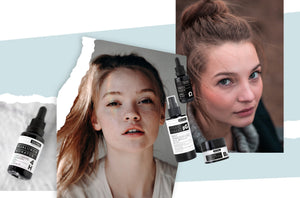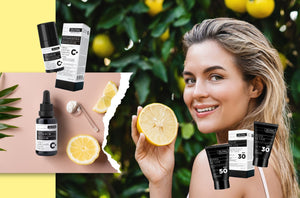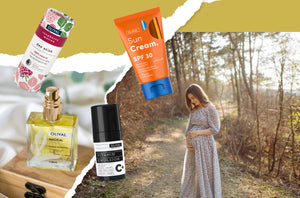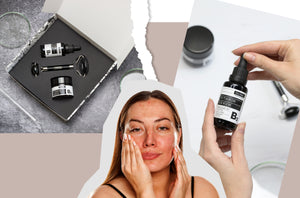Combining serums in your daily skin care routine can significantly improve the appearance of your skin, but only if they are used correctly. Active ingredients such as vitamin C, retinol, niacinamide and hyaluronic acid bring numerous benefits, but improper combination can lead to irritation or reduced effectiveness.
In this guide, find out how to combine serums and active ingredients in skin care.
Why combine serums at all
Combining serums allows you to address multiple skin needs at the same time. For example, you can work on hydration, even out your complexion, and fight signs of aging all at the same time. Properly selected serums can enhance each other's effects and thus bring the desired results faster. It is important, however, to know which combinations are safe and effective, in order to avoid possible irritation or mutual incompatibility of ingredients.
What ingredients can be combined
Certain active ingredients work well together and can be safely used in the same routine. Hyaluronic acid can be combined with almost any other active ingredient, including other acids, vitamin C, and even retinoids. The same applies to serums with peptides, such as Peptide Serum P , which are neutral and safe to use with most active ingredients, except for exfoliating acids (due to the lower pH). Niacinamide is a very neutral and stable ingredient that can work just as well in a routine with ethylated ascorbic acid, i.e. a derivative of vitamin C, which is present in Vitamin Serum C+, and is compatible with retinoids. It is a common myth that niacinamide and vitamin C should not be combined, but in reality the key is the pH value - when they are stabilized and formulated at similar pH values, as is the case with Vitamin Serum B3 and Vitamin C+ Serum , they can be used together safely and effectively.

What combinations to avoid
Although some ingredients are compatible, there are also combinations that should be avoided. The combination of retinal, which is found in Vitamin Serum RA and acids (such as AHA or BHA) applied at the same time can cause severe irritation, redness and peeling of the skin, especially in people who are not used to stronger active ingredients. Salicylic acid in a maximum percentage of 2%, which is the main active ingredient of Routeen reSTART BHA serum, penetrates deep into the pores and helps to clean them and remove excess sebum. Due to its strength, salicylic acid should be avoided in combination with other exfoliants and retinoids. Such combinations can lead to excessive irritation, dryness and damage to the skin barrier. Also, due to the increased skin sensitivity that salicylic acid can cause, it is important to use it in moderation and always with adequate sun protection.
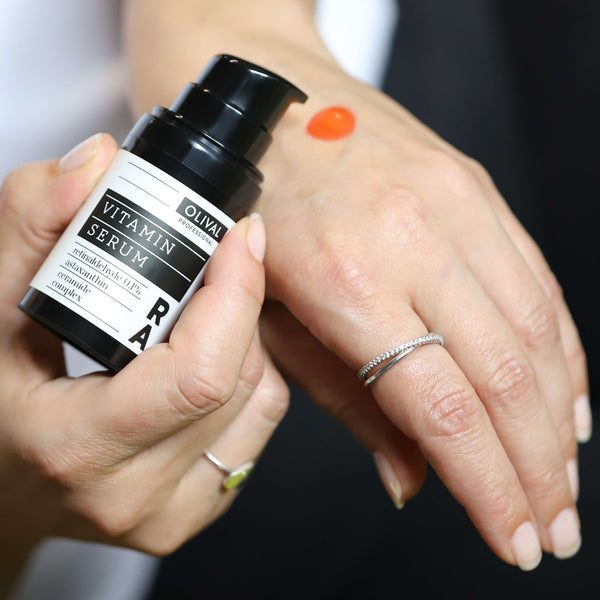
It is safest to introduce new serums and active ingredients gradually, to avoid possible irritation and to give the skin time to adjust. It is also recommended to apply some ingredients in the morning, such as vitamin C, which protects the skin during the day, or niacinamide, which helps regulate skin oil, especially in the summer. In the evening, ingredients such as retinoids or acids are recommended. This order helps to maintain healthy skin and maximize the effects of each serum.




